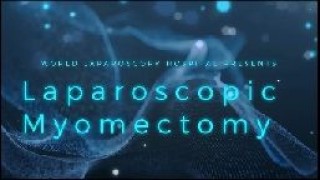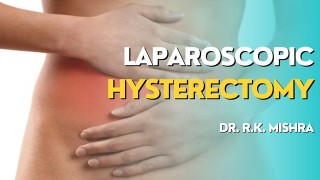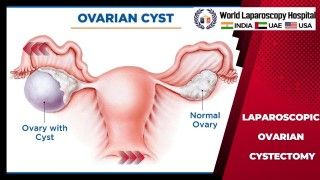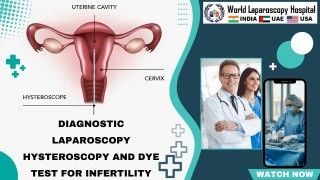Laparoscopic Surgery for Endometriosis
Add to
Share
356 views
Report
2 months ago
Description
Endometriosis is a condition where tissue similar to the lining of the uterus grows outside the uterus, often affecting the ovaries, fallopian tubes, and the pelvic lining. This condition can cause severe pelvic pain, heavy periods, infertility, and other complications. While medications can help manage symptoms, laparoscopic surgery is often the most effective approach for diagnosing and treating endometriosis. What is Laparoscopic Surgery? Laparoscopy, also known as minimally invasive surgery, involves making small incisions (usually 0.5–1 cm) in the abdomen. Through these incisions, a thin, flexible tube called a laparoscope—equipped with a camera and light—is inserted, allowing the surgeon to see the pelvic organs clearly. Special surgical instruments can also be inserted through other small incisions to treat endometriosis. Why Laparoscopic Surgery is Preferred Minimally invasive: Only small incisions are required, which reduces pain and scarring. Faster recovery: Most patients return to normal activities within 1–2 weeks. Precise treatment: Surgeons can remove or destroy endometrial implants, cysts (endometriomas), and adhesions without damaging healthy tissue. Improved fertility: Removing endometriotic tissue can increase the chances of conception for women facing infertility. Accurate diagnosis: Laparoscopy is the gold standard for confirming endometriosis, especially in cases where imaging tests are inconclusive. Procedure Overview Preparation: The patient is given general anesthesia. Incisions: Small incisions are made in the abdomen, usually around the navel and lower abdomen. Insertion of Laparoscope: The abdomen is inflated with carbon dioxide gas to create space for the surgeon to work. Treatment of Endometriosis: Endometrial implants, adhesions, and cysts are removed using specialized instruments or laser/energy devices. Closure: Incisions are closed with sutures or surgical glue, and a small dressing is applied. Recovery and Aftercare Most patients experience mild discomfort for a few days post-surgery. Pain relief medications and antibiotics may be prescribed. Patients are advised to avoid strenuous activity for 1–2 weeks. Follow-up visits are important to monitor healing and manage any recurrence of endometriosis. Risks and Considerations Laparoscopic surgery is generally safe, but as with any surgery, there are potential risks such as: Infection Bleeding Injury to surrounding organs (bladder, bowel, or blood vessels) Recurrence of endometriosis (in some cases) Conclusion Laparoscopic surgery for endometriosis offers a safe, effective, and minimally invasive solution for women suffering from chronic pain, infertility, and other complications due to endometriosis. Early intervention can significantly improve quality of life and reproductive outcomes. Consultation with a specialized gynecologist or laparoscopic surgeon is essential to determine the best treatment plan tailored to each patient.
Similar Videos






